A low doc business loan (short for “low documentation”) is a type of loan designed for businesses that don’t have the extensive financial records typically required for traditional business loans. Unlike standard business loans, which often require two years of tax returns and business financials, low doc loans are structured with more flexible documentation requirements.
Low doc loans are popular among certain groups, such as:
- Startups that may not yet have a complete financial track record
- Self-employed individuals who may not need detailed records for tax or other reporting purposes
- Businesses seeking quick access to funds and wanting to avoid lengthy application processes
- Small business owners with fluctuating cash flow who might not have steady income records to show
Because low doc loans don’t require as much paperwork, they’re generally easier to apply for and have faster approval times. However, these loans may come with slightly higher interest rates compared to standard “full doc” loans due to the higher level of risk lenders face for lending to businesses with limited documentation.
Why apply for a business loan with Savvy?
Expert brokers
You can speak with one of our specialist commercial brokers who can walk you through a range of loans to best suit your company's needs.
Over 40 lending partners
You can compare business loan offers, through a range of trusted lenders, maximising your chances of a great rate.
Fast online process
You can fill out our simple online form to generate a free business finance quote within minutes. You can also come back to it at any time.
Business lenders you can compare


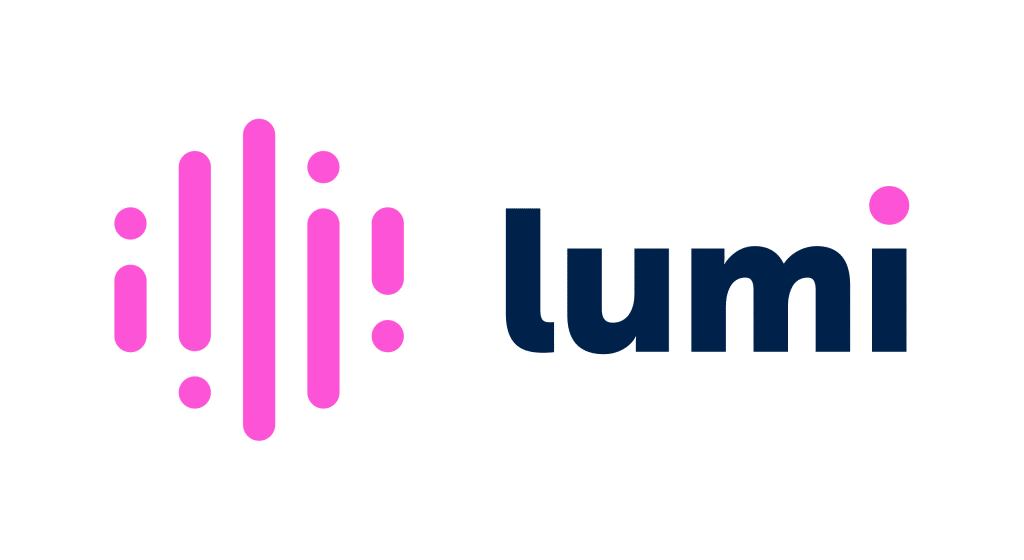

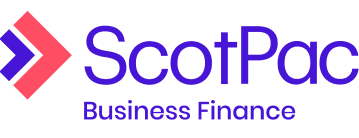


What do I need to apply for a low doc business loan?
When applying for a low doc business loan, you’ll need to show alternative proof of income in place of detailed financial records. Requirements vary, but you'll commonly be asked to provide:
- Business Activity Statements (BAS)
- Business bank statements
- An accountant’s letter confirming projected earnings
You’ll also typically need to have an ABN registered in your name that has been active for at least six months (or more, depending on the lender), and to be registered for GST.
This is on top of standard eligibility requirements for a business loan, namely:
- Being at least 18 years old
- Being an Australian citizen, permanent resident or eligible visa holder
- Meeting your lender’s minimum personal and business credit score requirements
Can I get a business loan with no documentation?
If you don’t have any financial documentation to prove your business activity, a no doc loan may be a solution. These loans are generally only offered by specialist lenders, and you will still be required to provide some proof of your business’s viability. You may be required to:
- Self-declare your income to give lenders an idea of your earnings
- Show recent bank statements to demonstrate business activity
- Provide business registration details and valid identification
- Outline assets and liabilities if requested, especially for larger loans
- Offer collateral if the loan is secured, with proof of ownership or an appraisal
Since these loans carry higher risk for lenders, they often come with higher interest rates, shorter repayment terms, and lower borrowing limits.
The pros and cons of low doc business loans
Pros
-
Broad eligibility
Your business only needs to have been trading for a minimum of six months to qualify for most loans, with ABN and GST registration and permanent residency other common requirements.
-
Minimal paperwork
You can apply without extensive financial records, making the process quicker and less stressful.
-
Fast approvals
Even without the documents required for standard business loans, you can have your low doc business loan turned around in a matter of days, giving fast access to the funds you need.
Cons
-
Lower amounts
Compared to standard business loans, low doc loans often have lower borrowing limits due to the higher risk for lenders.
-
Higher interest
Less documentation means more risk, which lenders offset with higher interest rates.
-
Short-term finance
Many low doc loans are designed for short-term use, meaning shorter repayment periods that may result in higher regular repayments.
How to compare low doc business loans
-
Interest rates and fees
Probably the first difference people look at is the fees and interest rates, which most directly affect what a low doc loan will cost your business. A comparison rate is always crucial to look above a basic interest rate, as it accounts for many of the fees and gives you a better snapshot of the overall cost. Remember, though, that low doc loans have higher interest than full doc loans, so it’s not always productive to directly compare the two.
-
Loan amounts
Different lenders can offer different amounts. One lender might be technically able to offer unsecured loans from $10,000 to $200,000, but might only offer you a maximum of $90,000 (based on the specifics of your business such as its cashflow and period in operation). If you need more (or less) than those amounts, you might need to look elsewhere. Another might offer between $5,000 and $120,000, making them potentially a better choice. You should be careful, though – you won’t know the lender’s final maximum offer until you’ve applied and it’s bad for your credit to apply for lots of loans in a short time.
-
Required documentation
As mentioned, required documentation varies between lenders. If your business has only had an active ABN for 18 months and isn’t registered for GST, that might take certain lenders off the table, but keep others in the frame.
-
Repayment flexibility
Lenders vary in the flexibility they offer for loan terms and repayment schedules. Some lenders might have the choice of weekly, fortnightly, or monthly payments. You’ll likely have the option to repay your loan over a term of around one to three years if they’re unsecured or up to ten if secured. Having a lender who can adjust the length of your loan and the frequency of repayments to work with your business’ finances can be a big advantage.
Types of business finance
WHAT OUR CUSTOMERS SAY ABOUT THEIR FINANCE EXPERIENCE
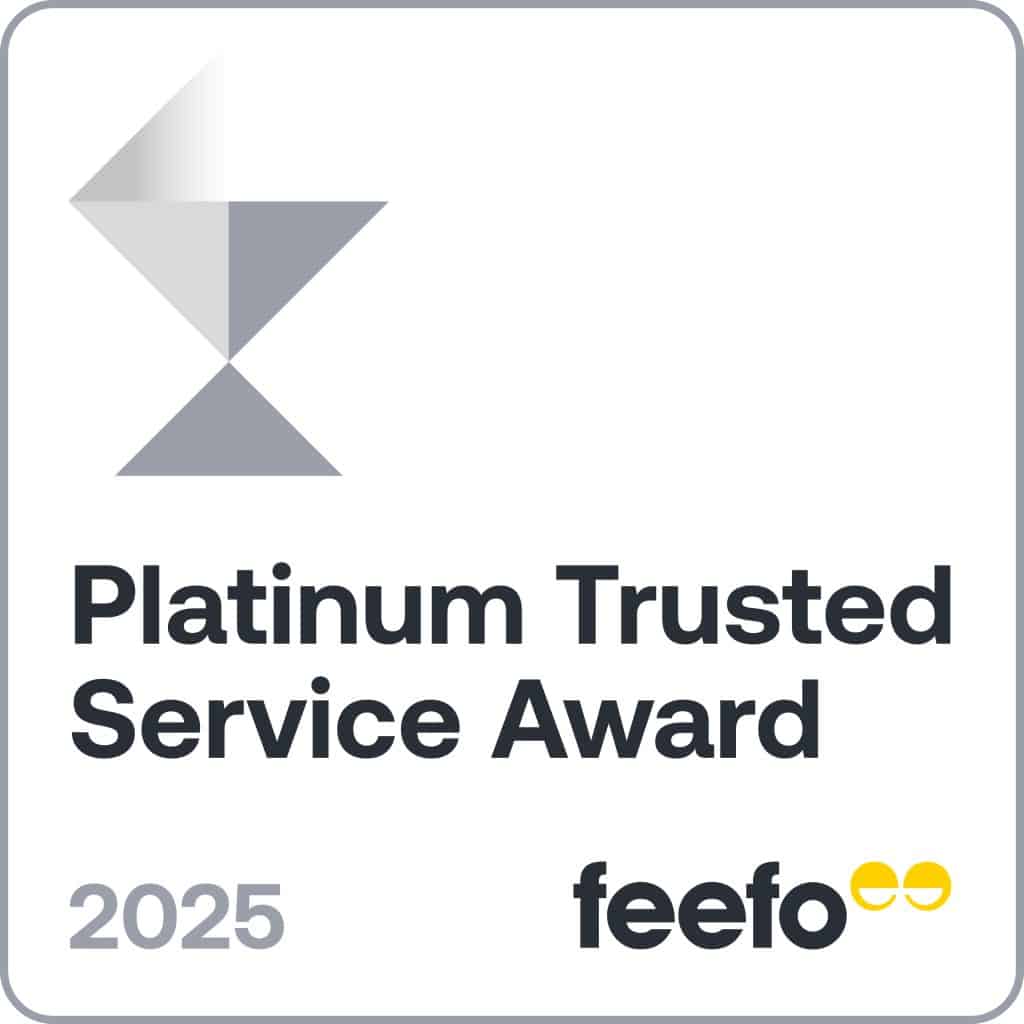
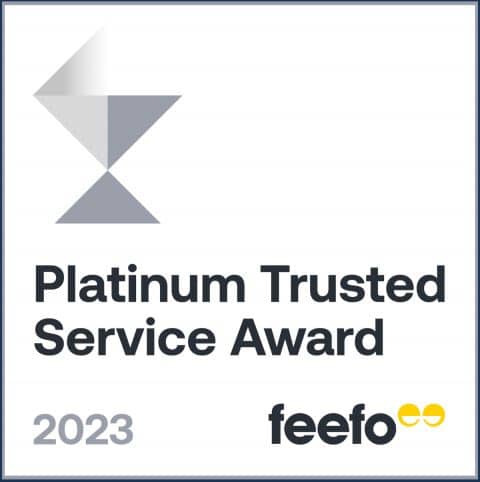
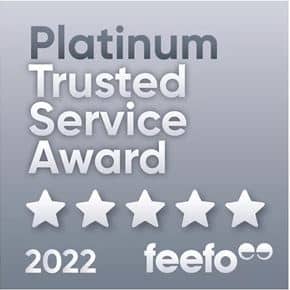
Savvy is rated 4.9 for customer satisfaction by 6323 customers.
Crunch the numbers
with our business loan repayment calculator
Your estimated repayments
$98.62
| Total interest paid: | Total amount to pay: |
| $1233.43 | $5,143.99 |
Applying for a business loan
-
Review your lender’s criteria
Make sure you’re eligible to borrow. You’ll need to have been trading for at least six months, with some requiring a minimum monthly turnover of $5,000.
-
Gather your documents
Different lenders will require different documents, but you’ll need your ABN, GST, personal identification and select business financials for larger loans.
-
Apply and sign your contract
You can fill out your application form and submit it with your documents for a fast outcome and, if successful, your lender will send you a contract to sign.
-
Funds in your account
Once you’ve returned your contract, your lender can release the funds directly to your listed bank account, after which you can use them how you wish.
-
Funds in your account
Once you’ve returned your contract, your lender can release the funds directly to your listed bank account, after which you can use them how you wish.
Business loan eligibility and documentation
Eligibility
-
Age
You must be at least 18 years of age
-
Residency
You must be an Australian citizen or permanent resident (or, in some cases, an eligible visa holder)
-
ABN registration
Have an ABN registered in your name (available from as soon as one day after registration)
-
Usage
Meet business usage requirements (at least 51% of any asset you buy, for example)
-
Credit score
You must meet your lender’s minimum personal and business credit score requirements
-
Commercial asset
If you're buying an asset with a secured loan, it must meet your lender’s requirements in relation to its type, age and condition
Documents
-
Personal information
Such as your full name, date of birth, address and contact details
-
Driver's licence
Front and back (or another form of government-issued ID)
-
Assets and liabilities
Information about your business’ assets and liabilities, as well as those in your name
-
Asset details
If buying an asset, information such as its model and age, is worthwhile having on hand
-
Business statements
Business Activity Statements (BAS) and business bank statements may be requested, but not always











